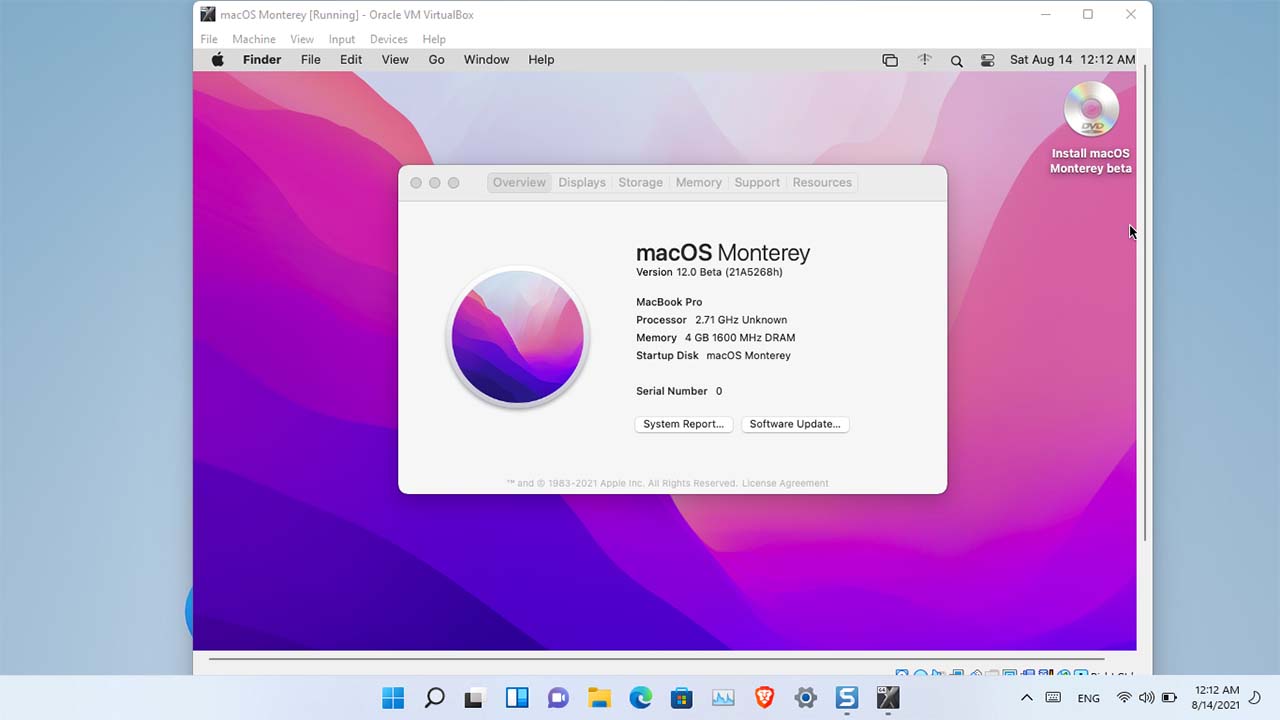
If you decide to mess with OS X be prepared to spend a lot of time and experimenting unless you have hardware identical to some known good configuration and the same exact version of OS X. My Acer laptop would not boot OS X so I finally gave up on that. We offer to install and using the IPTV Box Virtual TV app on a Windows 10/8/7 PC. I was able to get OS X to run on my desktop by adding a non-RAID IDE disk drive. Free Download and Install IPTV Box Virtual TV For PC. Nobody that I know of claims to have OS X running with VirtualBox. People claim to have gotten OS X to work with VMWare but so far I haven't been able too. I also attempted to run OS X in VMWare ACE and that almost worked but gave me an exception in one of the important services. Microsoft Virtual PC apparently also does not support PAE. The problem is that OS X requires the PAE (Physical Address Extensions) that are a page table mode not supported by VirtualBox at the moment. I have attempted to run Tiger in VirtualBox. Would there be a way to make OS X Leopard run inside VirtualBox running on Windows? It emulates a pretty plain PC, so it seems like it should be possible, if slow. This will allow you to copy and paste between your virtual and host machines, useful when you want to copy outputs from one device to the other.Mwexler wrote:I have heard that one can make OS X Leopard run on stock Intel boxes. This will improve the performance of your virtual machine by taking advantage of your PC’s 3D hardware and allow you to resize your desktop resolution!Īnother feature this unlocks is the shared clipboard, which you can activate in Devices > Shared Clipboard. Once this is complete, you will need to restart your virtual machine for the new features to take effect.Ĭlose the machine, but before you start it up again, return to the Settings menu and change the Graphics Controller back to VMSVGA and Enable 3D Acceleration. The disc will appear inside your virtual desktop and you will be prompted to run the software.

This will prompt you to download the Guest Additions disk image file. To install Guest Additions, you need to complete your installation of Ubuntu in your virtual machine and boot to the desktop.įrom there, select Devices > Insert Guest Additions CD. This includes better integration between your virtual machine and the host machine, as well as improved video support that enables the display resolution options when using VMSVGA. Choose your version (if you have Mojave or Catalina, choose Mac OS X (64 bit). To start, we’ll need to create an ISO file of macOS High Sierra’s installer, so we can load it in VirtualBox on our Windows machine. Guest Additions is an extra piece of software that unlocks some more advanced features of VirtualBox. Type the name for virtual machine and Mac OS X for type.


 0 kommentar(er)
0 kommentar(er)
